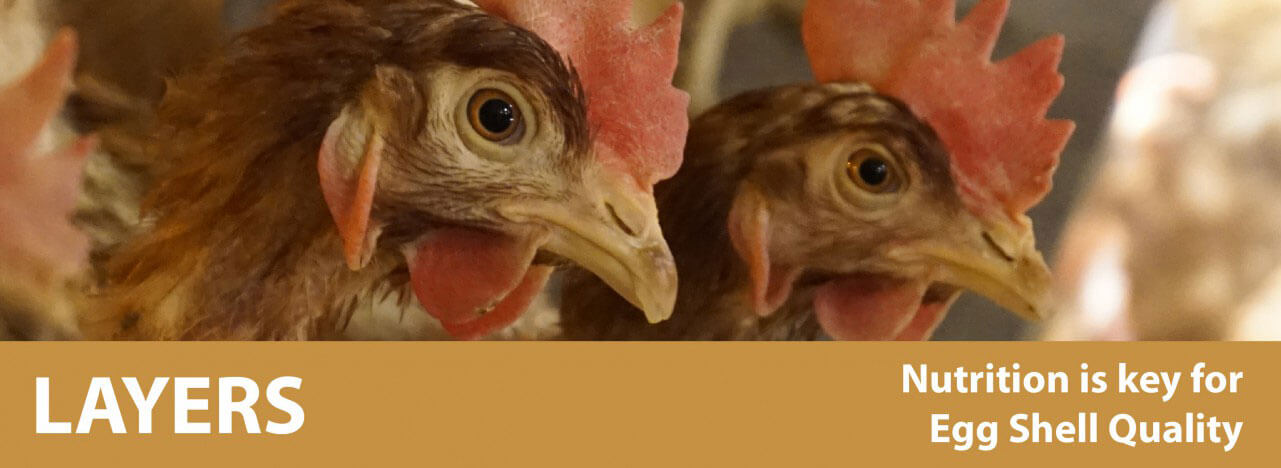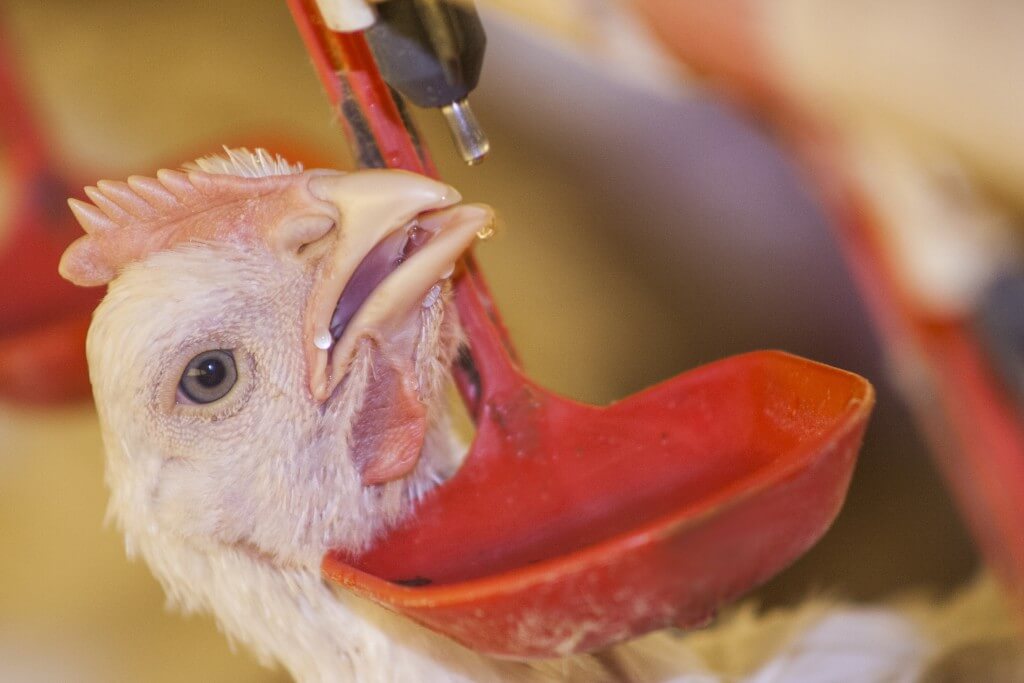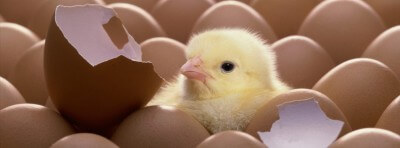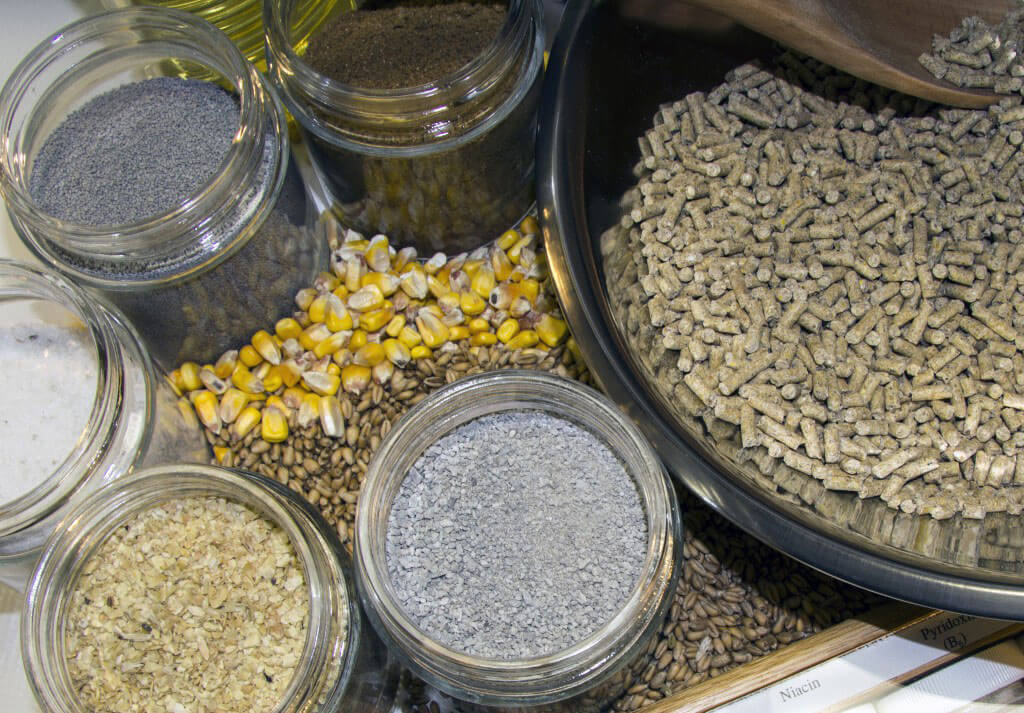
Properly designed feeding programs for layers are able to address both changing feed intake levels and nutrient requirements as a flock progresses in age and egg production rate. The egg production profile is divided into five distinct phases: pre-peak, peak, post-peak, mid, and late lay. These phases represent the diverse nutrients and demands on the bird as she performs to her genetic potential.
In the pre-peak phase, daily feed intake of less than 100 grams per hen per day are common. In this phase, hens are still immature and require a diet with the correct balance of energy, protein, and calcium to support her continuing growth and development, particularly of the reproductive system. This phase is from approximately 19 to 22 weeks of age.
In peak production, hens have attained sexual maturity. Nutrient levels are designed to keep hens at a high rate of egg production, while supporting an increase in egg size. This phase is from approximately 23 to 40 weeks of age.
During the post-peak phase the flock has peaked and now egg production will begin to slowly decline. Attention is focused on managing egg size, while providing the nutrients required for maintaining a high production rate. Failure to manage egg size during this phase may lead to excessively large egg size in later phases, lower egg numbers, and a greater proportion of downgrades (cracks). This phase is from approximately 41 to 50 weeks of age.
In mid-lay, efforts must be directed to maintaining persistency of lay without provoking excessive egg size and protein levels should be adjusted to match production requirements and feed intake. This phase is from approximately 51 to 60 weeks of age.
In late lay, care must be taken to guard against excessive feed intake and egg size. Protein and amino acid levels may be adjusted in this phase to help control egg size. As the hen ages, her ability to absorb calcium is reduced, therefore many high producing birds may become calcium depleted and shell quality can become an issue. This phase is from approximately 61 to 70 weeks of age.
Be Prepared For Heat Stress In Your Flock
Poultry Team, New-Life Mills As we progress from spring into the long days of summer, we are reminded that the risk of heat stress in our birds is upon us. During periods of high temperature and humidity birds can experience heat stress potentially leading to large economic losses for poultry producers. As a result, it [...]
Chick Management – Getting birds off to the best start
December 18th 2015 New-Life Mills Poultry Team How you set up your barn prior to chicks arriving as well as bird management in the first 7-10 days of life can have huge impact on the performance of your broiler flock. The goal is to have chicks delivered to the farm as soon as possible […]
What’s In The Feed?
By: Lisa Hodgins M.Sc. Monogastric Nutritionist Megan DeVisser, M.Sc. Candidate, Monogastric Nutrition Associate New Life Mills, A Division of Parrish and Heimbecker, Limited As published in Canadian Poultry Magazine, May 2015 Producers have very clearly defined goals and objectives when it comes to growth and production in commercial poultry operations. Fortunately, nutritionists also have a […]



